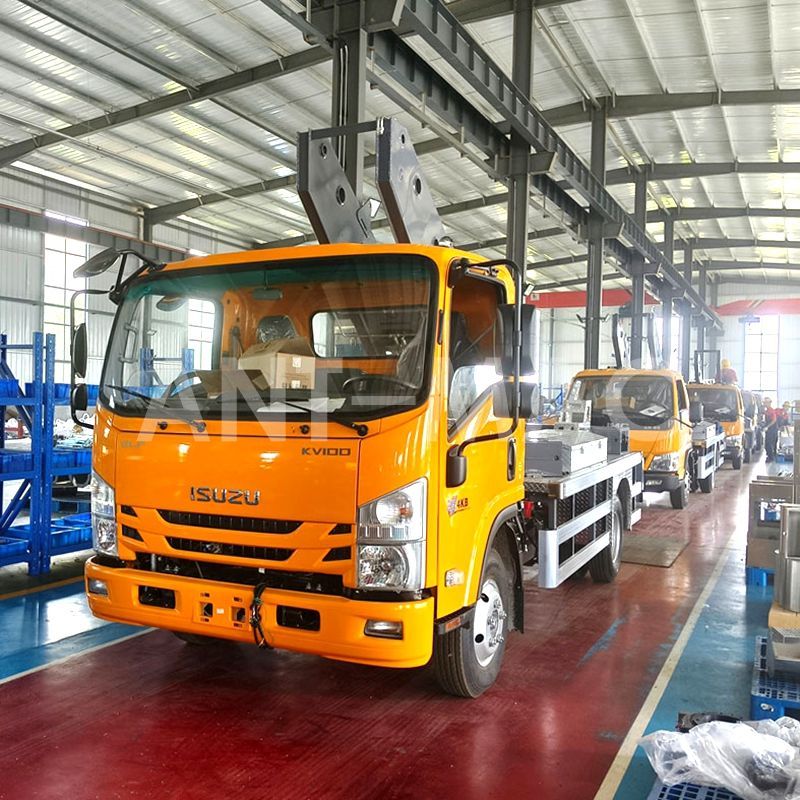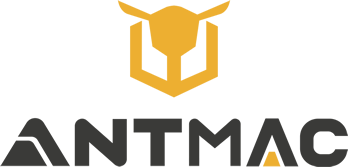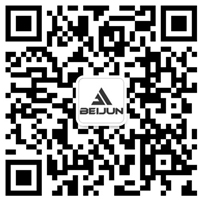The Core Advantages and Differentiated Value of Spider Machines in Industry Innovation
In the modern engineering sector, Spider Crane and Crawler Mounted Articulated Boom Lift redefining operational efficiency and safety standards in complex environments through their disruptive technical designs. Centered around the unique spider-like outrigger structure, these two types of equipment have become the "golden partners" in industries such as construction, municipal engineering, and power utilities. Their technical characteristics and application scenarios drive the diversified development of the industry. The following analysis delves into technological innovation, market trends, and future directions.
I. Technical Characteristics: Precise Design Empowers Multidimensional Operational Capabilities
Spider Cranes: Precision Executors of Heavy Lifting
Spider Cranes excel in heavy lifting capacity and terrain adaptability. Their crawler chassis, mixed with adjustable outriggers, ensures balance on slopes, gentle ground, and different complicated terrains, reaching unique positioning via multi-joint arm coordination manage technology. Equipped with hydraulic cantilever fingers and hoisting systems, these cranes adapt to heavy lifting duties in slender spaces, such as metal shape set up and strength facility maintenance. Intelligent manage structures decorate operational protection and reliability thru real-time monitoring and fault early warning, mainly in high-precision fields like cultural relic restoration and semiconductor tools handling—outperforming regular Boom Cranes in confined-space maneuverability.
Spider-Type Articulated Boom Aerial Work Platform: Safe Fortresses for Elevated Operations
Spider-Type Articulated Boom Aerial Work Platform focus on flexible three-dimensional maneuverability and manned operation safety. Their multi-joint boom and rotating platform designs cover complex areas such as building exteriors, bridge undersides, and industrial facility rooftops. Wireless remote control systems support ±90° platform rotation and include power interfaces to meet diversified operational needs. In terms of safety, configurations like automatic leveling systems, gyroscope monitoring, and IP67 protection ratings ensure stable operation on inclined surfaces or in adverse weather. The power system shows a clear trend toward green transformation: electric models enhance battery life through lithium-ion technology while reducing energy consumption and noise pollution, making them ideal for both indoor precision work and outdoor heavy-duty scenarios—superior to conventional static lifts in mobility and terrain adaptability.
II. Market Trends: Technical Iteration Drives Demand Differentiation
Spider Cranes: Essential Choices for Narrow-Space Lifting
Spider Cranes have viewed big demand increase in area of interest sectors like power, mining, and industrial logistics. With non-stop international investment in infrastructure, their utility eventualities in complex terrains such as mountainous areas, city building sites, and offshore structures proceed to expand. Technological integration hurries up smart upgrading—wireless faraway control, overload protection, and real-time load monitoring have end up standard, whilst superior fashions guide millimeter-level micro-control operations, similarly increasing their dominance in high-precision fields the place typical Boom Cranes fall quick due to dimension limitations.
Spider-Type Articulated Boom Aerial Work Platform: Core Drivers of Urbanization
The market growth of Spider-Type Articulated Boom Aerial Work Platform is even greater rapid, pushed via city renewal insurance policies and inexperienced development mandates. Their penetration in constructing maintenance, municipal engineering, and renewable electricity installations (e.g., wind turbine service) continues to rise. Narrow-body designs and floating crawler structures permit them to enter tight areas like underground garages, historical constructing interiors, and ecologically touchy areas, enabling environment friendly operations whilst minimizing environmental impact. The speedy extend in electric powered and hybrid fashions aligns with international low-carbon transitions, especially showcasing blessings in indoor zero-emission eventualities and outside rugged environments the place diesel-powered selections face regulatory restrictions.
III. Core Differences: Functional Positioning Defines Application Boundaries
In terms of core functions:
Spider Cranes focus on heavy lifting, with load capacities ranging from 3 to 12 tons. Powered primarily by diesel (or dual-power systems), they leverage structural strength and multi-joint coordination for precise heavy-duty operations in complex environments, ideal for tasks like deep-sea pier hoisting, industrial equipment installation, and large-scale steel structure assembly.
Spider-Type Articulated Boom Aerial Work Platform, conversely, prioritize elevated personnel and light equipment operations, with platform loads typically up to 450kg. Using electric/hybrid power and proportional electro-hydraulic control, they ensure safety through IoT-enabled remote monitoring and real-time stability adjustments, specializing in scenarios requiring human intervention at height, such as building curtain wall installation, communication tower maintenance, and aircraft maintenance.
The technical divergence stems from fundamental demand differentiation: Spider Cranes are engineered for "heavy payload precision," while Articulating Boom Lifts are optimized for "aerial access versatility." This distinction shapes their power configurations, control systems, and structural designs, yet both benefit from the foundational spider-like outrigger technology for unmatched terrain adaptability.
IV. Technological Evolution: Dual-Driven by Intelligence and Greenization
Future advancements will center on two key fronts:
Intelligent Integration: AI visual recognition and 5G remote control will enable autonomous path planning for Spider Cranes, reducing human error in high-risk lifts, while predictive maintenance algorithms for Articulating Boom Lifts will cut downtime by 40% through real-time fault diagnosis.
Spider-Type Articulated Boom Aerial Work Platform: Hybrid and fully electric models will become mainstream, with lithium battery breakthroughs boosting runtime to 10+ hours for boom lifts and reducing spider crane emissions by 35%. Hydrogen fuel cell prototypes are already in testing for zero-emission heavy lifting applications.
As the low-altitude financial system and clever metropolis initiatives attain momentum, each gear sorts will see explosive increase in rising fields like city air mobility infrastructure maintenance, photo voltaic farm installation, and large-scale tournament staging. Their evolution symbolizes the building equipment industry’s shift from traditional equipment to intelligent, sustainable solutions—with Chinese producers main the cost in innovation, making "Made in China" a benchmark for reliability and technical excellence globally.
 Dual-Chain Telescopic Boom Sys
Dual-Chain Telescopic Boom Sys
 Russian
Russian
